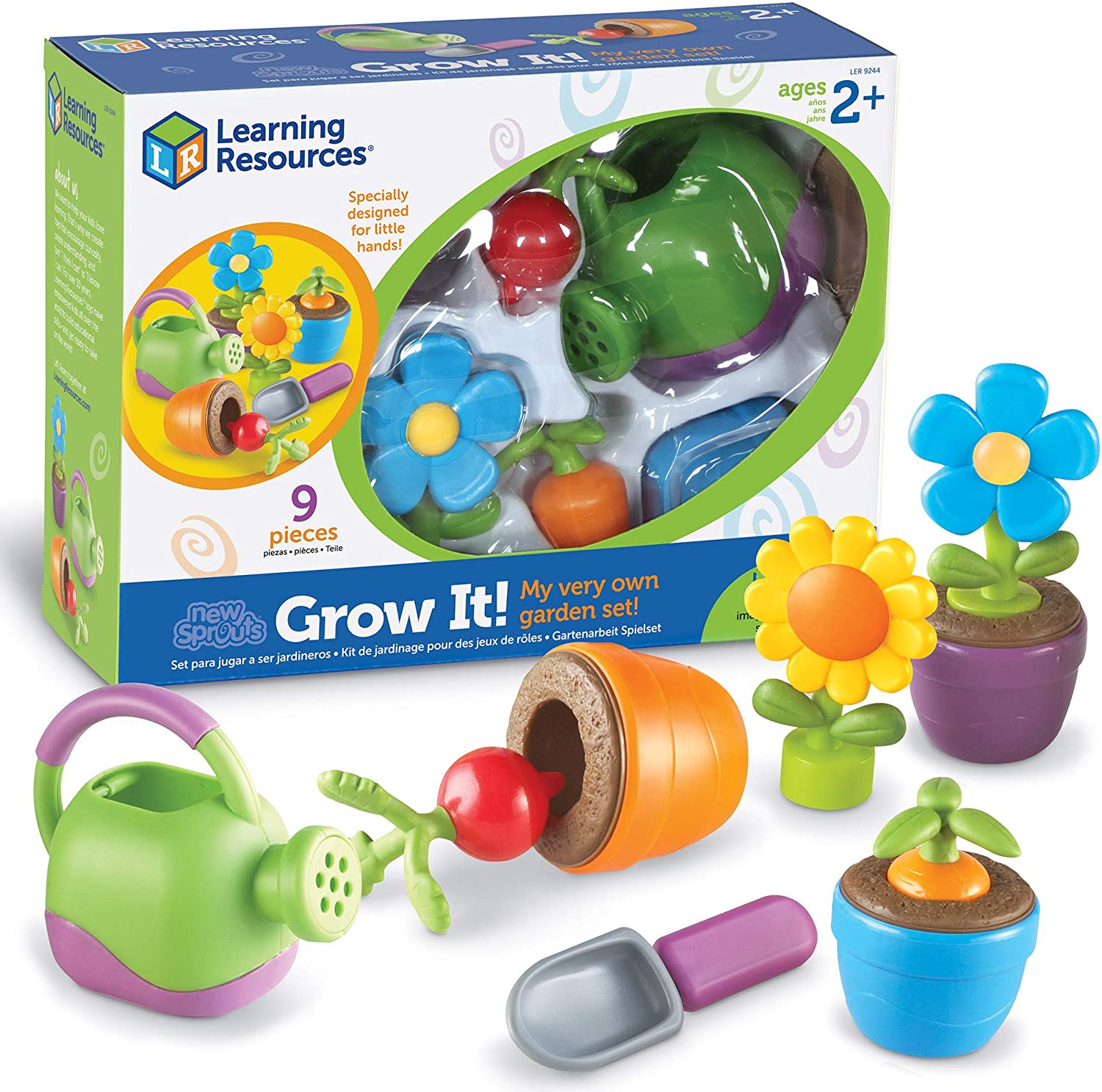Tips for a Successful Storytime
So, you want to have your first at-home storytime. Where to begin? First, it is imperative that you develop a structured routine. Children thrive when their day, or even just their storytime, follows a routine. For example: Hello song, weather chart, flannel board, story 1, dance/sing, story 2, goodbye song. We have found a lot of success by using the same hello song every week, so the kids understand we are starting. It’s also a good idea to do the same goodbye song every week, so that the kids understand we are moving on to something else.
Speaking of songs, music is incredibly important to incorporate into a storytime. Kids naturally have shorter attention spans, so especially if you plan to read multiple stories, it’s a good idea to break up storytime with some songs. Two types of songs in particular are great for this. The first are counting/repetitive songs, because even young kids will be able to learn the words quickly and sing along (ex. “Five Green and Speckled Frogs.”) The second type of songs incorporate dancing and movement. We definitely recommend doing one of these songs before sitting down for a story, just to get some energy out. Some great examples are “The Hokey Pokey,” “We Are the Dinosaurs,” and, our personal favorite, “Shake My Sillies Out.” Most kids love songs that incorporate both repetition and movement- just think how popular “Baby Shark” has become!
Make sure your lesson and/or book is age appropriate. It will be incredibly difficult to keep the attention of a child who is too advanced for the story, and potentially even harder to keep the attention of a child who is too overwhelmed by the lesson to even listen. Make sure that as you read, you ask engaging questions. Keeping the kids actively involved will make it that much easier to maintain their attention. Another great way to achieve this is to read books that require their participation (ex. “There’s a Dragon in Your Book” asks kids to help put out a fire, and more.) There are so many types of books that keep a child engaged, like lift-the-flap, shine-a-light, hidden ducks, etc.
After stories comes another greatly important aspect of storytime: hands-on activities. There are endless options that don’t necessarily require tons of effort or money. While arts-and-crafts are always an excellent option, it’s nice to branch out and try other things so kids don’t get bored. This could be as simple as building blocks, or something slightly more involved to make like sensory bags. A sensory bag can be made with just a few supplies: a gallon ziploc bag, clear hair gel, and anything you want to put inside (pom-poms, glitter, coins, etc.) Sensory bags are especially great for young children. Make sure your child is getting plenty of pretend play. Pretend play is incredibly important for a child’s social development as it can help them learn empathy, self-control, and problem solving. The library’s choice of games to facilitate pretend play consist mainly of pretend play kits from Learning Resources, which is a brand that creates many pretend play kits (ex. play food, play gardening, play school, etc.)

